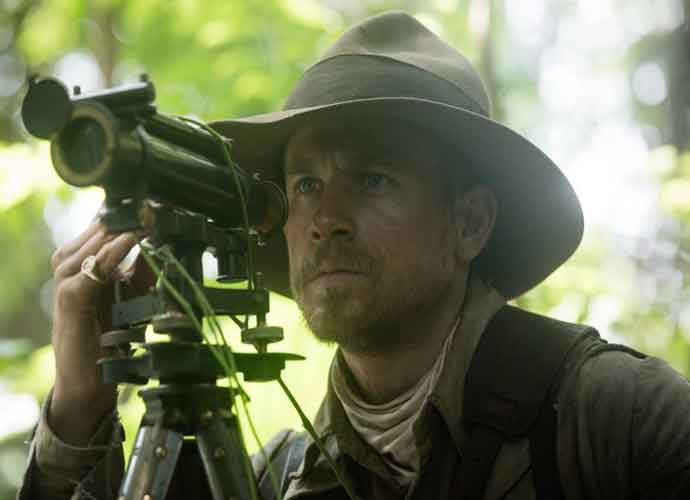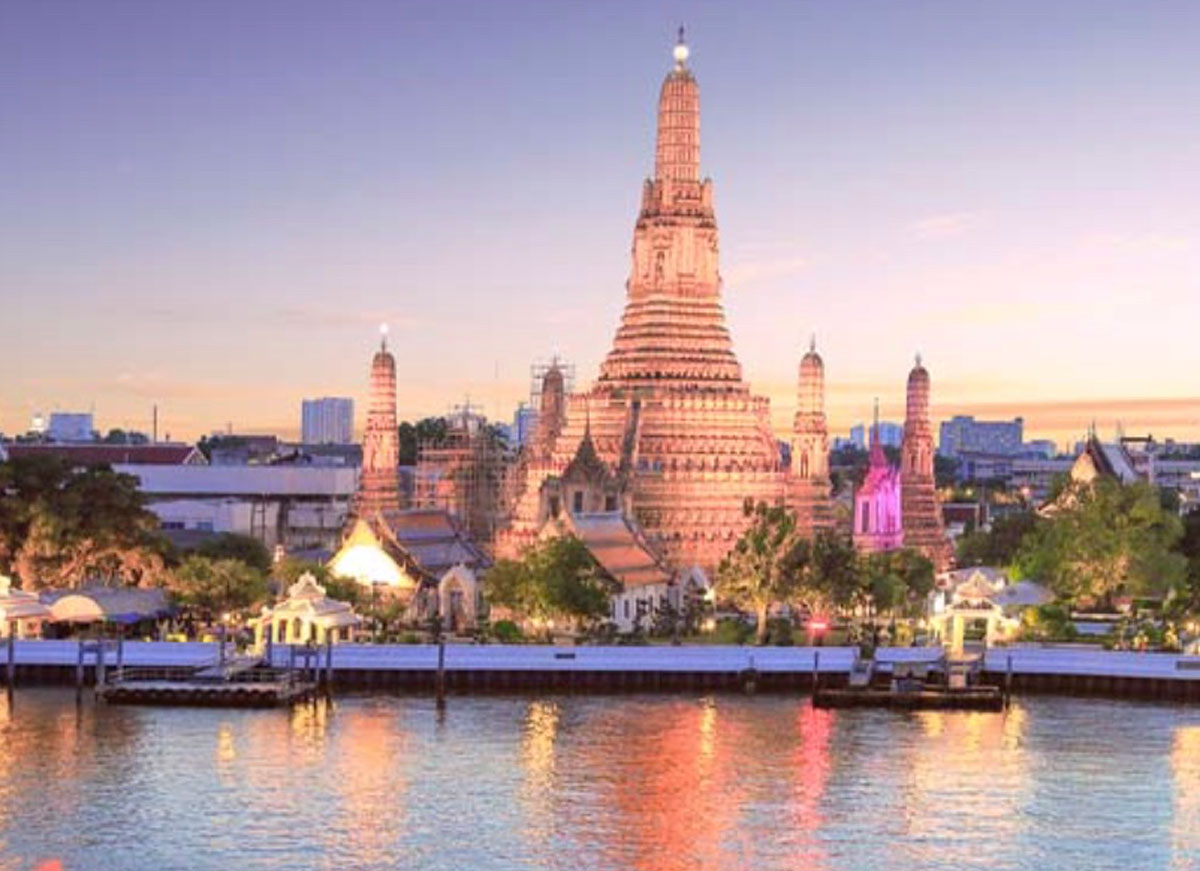‘The Lost City Of Z’ Review: An Epic Tale Of Exploration

3.5/5
For all the political rhetoric about our differences, we could always benefit from a film that reminds us that we are all, more or less, the same.
The Lost City of Z, based on the historical non-fiction book by David Grann, tells the story of British explorer, Percy Fawcett (Charlie Hunnam), and his life-long search for the ruins of a mysterious city in the middle of the Amazon forest.
At the beginning of the 20th century, Fawcett and his trusted partner, Henry Costin (Robert Pattinson) are sent to Brazil to survey the land between Brazil and Bolivia and set a new border for Brazil, the winner of Acre War – a four-year war over land rich in rubber between the two South American countries.
Despite several hostile interactions with native tribes, Fawcett continues his work until he discovers, what he believes to be ruins of a lost city in the middle of the jungle.
After returning to London, Fawcett speaks to The Royal Geographical Society and tries to persuade its members that a civilization once existed in the middle of the Amazon jungle, in contradiction to the Society’s belief that South American’s are inferior and without the ability to create an advanced civilization.
Fawcett’s speech helps him garner financial support for another mission where he unfortunately can’t reach the lost city. Thus begins his life-long struggle to get back to the place in the jungle he believes not only to be a great historical discovery but also a place of peace and tranquility for his own soul.
The film follows Fawcett’s journey from the Amazon forest, to London, to the front lines of World War I, back to London, and back to the forest. He is always restless and open to the world around him.
As an explorer during a time of British imperialism, Fawcett is unusually aware of the imposing nature of his work. He makes constant efforts to appease the native populations of the Amazon – not for his own personal gain of wealth and glory but because he truly sees them as equals.
At just under two and a half hours, The Lost City of Z indeed feels like a lifetime of work. But despite its length it never stalls. Hunnan’s performance is intriguing though out and is particularly elevated when sharing the screen with Pattinson, who is incredibly fun to watch. The film also benefits from strong performances from Sienna Miller, who plays Fawcett’s wife, and Angus Macfadyen, who plays a sinister, wealthy biologist steadfast on his own search for personal glory.
The strongest feature of the film though is its director, James Gray (We Own the Night, The Immigrant). Shots from within the forest make the Amazon feel vast and endless while also feeling suffocating at the same time. The green and the brown of the forest contrast nicely with the gray and brown of London, until the two vastly different locations feel connected on some deeper level.
The parallel between the two locations is most realized when Fawcett is off at war, fighting the Central Powers in France. Before the Great War, many of Fawcett’s colleagues spoke of the native tribes of the Amazon as savages and as uncivilized people. But come the war, the Europeans have decimated the land with mines, trenches, and barbed wire and have decimated each other with bombs, bullets, and chemical gasses. The irony is as lost on them as the city is lost to Fawcett.
Ultimately, The Lost City of Z is a story about the disappearance of Fawcett and his son (Tom Holland) somewhere in the forest. His disappearance is the result of either his respect for the natives who would eventually adopt him as one of their own or his naiveté of human nature – one in which we are all inherently tribal.
Either way, we could all stand to think about the ways in which all humans, from the “civilized societies” to the remote villages in the middle of the forest, are essentially the same – for reasons better or worse.
The Lost City of Z hits theaters April 14.
RELATED ARTICLES
Get the most-revealing celebrity conversations with the uInterview podcast!






Leave a comment